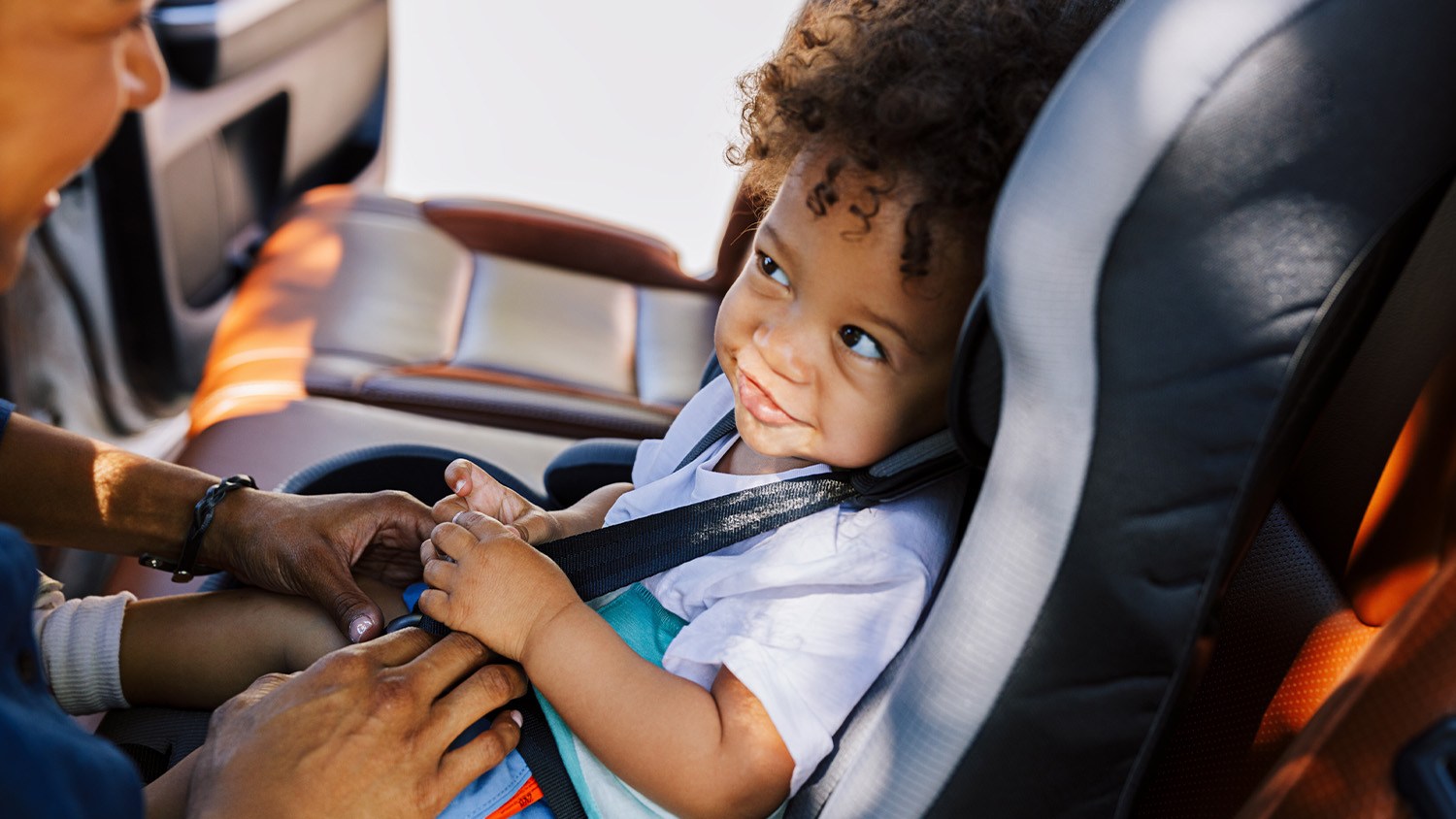NEW YORK — The United States is quickly approaching 400,000 coronavirus cases, and states grappling with the overwhelming numbers are bringing in medical equipment and medication to battle the virus.
The national death toll has reached 12,910, according to data from Johns Hopkins University. That number followed a record day of deaths Tuesday, when 1,736 additional deaths were reported. Nearly half of those were in New York.
And those numbers could be higher, as Dr. Deborah Birx told reporters Tuesday that there might have been early deaths that were not counted as coronavirus-related but should have been.
The nation’s hospitals havestruggled to treat the virus as rising cases have put increasing pressure on personal protective equipment and ventilators.
But deliveries have sought to alleviate the shortages.
California, the state with the fourth highest case count, announced it would begin flying a surplus of 500 ventilators to states in need Tuesday night. One hundred are going to New Jersey, with the second highest count.
“We are beyond grateful to @GavinNewsom and the people of California,” New Jersey Gov. Phil Murphy tweeted Tuesday. “From the bottom of our hearts, thank you. We will repay the favor when California needs it.”
Thirteen overseas flights landed across the US Monday with personal protective equipment as part of a FEMA initiative to expedite supplies, according to a FEMA advisory obtained by CNN.
Though there is no approved treatment for the virus, Florida is set to receive a million doses Wednesday of hydroxychloroquine, a drug that some doctors have been using in the fight, according to Florida Gov. Ron DeSantis. Georgia will receive 200,000 doses, US Rep. Doug Collins said.
Lowering the impact
Although the virus is hitting much of the US hard, there is hope that the amount of people impacted will be lower than previously anticipated.
Thanks to so many people in the United States staying home and socially distancing, CDC Director Dr. Robert Redfield told a Tucson radio station Monday that the coronavirus death toll in the US could be “much lower” than model estimates have shown.
A model cited by the White House last week now predicts the virus will kill just over 81,700 over the next four months and send just under 141,000 people to the hospital. That’s 12,000 fewer deaths than it predicted last Thursday.
The virus may be disproportionately affecting minority groups, and tracking that data is important to warn those most at risk, according to American Medical Association President Dr. Patrice Harris.
Vaccines typically take years to put out into the public, but officials are racing to develop one for Covid-19 as quickly as possible to continue curbing the virus.
Dr. Anthony Fauci, the director of the National Institute of Allergy and Infectious Diseases, has said the hope is to have one in 12-18 months, but other experts say that is an optimistic goal.
One vaccine trial administered its first dose last month, and now another vaccine trial has begun.
Biotechnology company Inovio began a Phase 1 clinical trial this week and estimates it will be completed late this summer, a spokesperson for Inovio told CNN.
“We anticipate rapid enrollment of this initial study,” said Dr. Pablo Tebas, an infectious disease specialist at the Hospital of the University of Pennsylvania and the study’s principal investigator.
“There has been tremendous interest in this vaccine among people who want to do what they can do to help protect the greater public from this pandemic as soon as possible.”
In the meantime, the US Food and Drug Administration expedited the use of blood plasma treatment for seriously ill patients last month.
This week, a recovered patient was told hisplasma donation has been distributed so the antibodies he developed fighting the virus can help another patient do the same.
The patient in the worst condition has since improved, Jason Garcia said doctors told him.
Economic hits across the country
The virus that has taken such a heavy toll on the health of the nation has also wreaked havoc on the economy.
Businesses closing down to mitigate the spread of the virus has resulted in leaps in unemployment.
About 135,000 Oklahoma residents filed for unemployment, according to Director of the Oklahoma Employment Security Commission Richard McPherson. The state’s governor, Kevin Stitts, has called the job losses a crisis.
That crisis has also reached Tennessee, where unemployment has seen a “record spike” of more than 250,000 in the last three weeks, Gov. Bill Lee said Tuesday.
West Virginia Governor Jim Justice announced an additional $600 would be distributed to those who lost their jobs from the coronavirus outbreak in a virtual press conference on Tuesday.
With more than 140,000 total cases, the state hit hardest by the virus is also struggling economically.
“New York State is broke,” Gov. Andrew Cuomo said Tuesday, adding that the state is facing a loss of $10 billion to $15 billion in revenue.
“I urge you to keep fighting for New York State to ensure we have the resources we need to continue to lead the fight against Covid-19and provide the services New Yorkers rely upon,” Cuomo said.
When can students go back to school?
Several states have announced that their schools will be closed for the rest of this academic year. Dr. Anthony Fauci said while it’s still too early to know, he is optimistic the country will be in good shape come next school year.
“I fully expect, though I’m humble enough to know that I can’t accurately predict that by the time we get to the fall that we will have this under control enough, that it certainly will not be the way it is now where people are shutting schools,” he told reporters at the White House.
Fauci said he has a daughter who is a school teacher, and she is wondering when the kids can go back.
The doctor said it depends on how soon the US gets to the downside of the curve, better identifying those with the disease and what antibody testing reveals about how widespread the virus is.
Knowing who is protected and who is vulnerable will help communities make decisions about using classrooms again.
“My optimistic side tells me that we’ll be able to renew to a certain extent but it’s going to be different. Remember now, because this (disease) is not going to disappear,” he said.


















